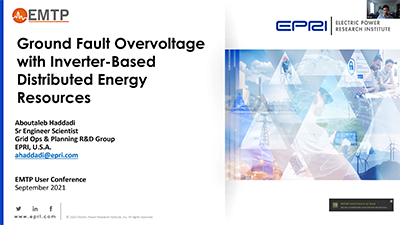Access to EMTP user presentations, webinars, and slide deck presentations.
page 4 of 4
18 presentations for Faults:
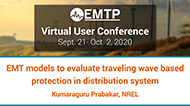
EMT models to evaluate traveling wave based protection in distribution system767
Abstract
This presentation will discuss the need for using wide-band models to model the traveling wave phenomenon in the distribution system. The distribution system is going through significant changes. On... see moree of them is the high penetration of inverter-based distributed energy resources in the distribution system. Due to this high penetration, there is a need for a better protection system. Multiple organizations are working on creating novel protection techniques for distribution systems with high penetration of inverter-based DERs. One such innovative method is the use of traveling waves to detect and locate faults. Transmission system protection utilizes this approach, and commercial solutions exist for the transmission system. Using this approach in the distribution system is not straightforward and presents some challenges for implementation.
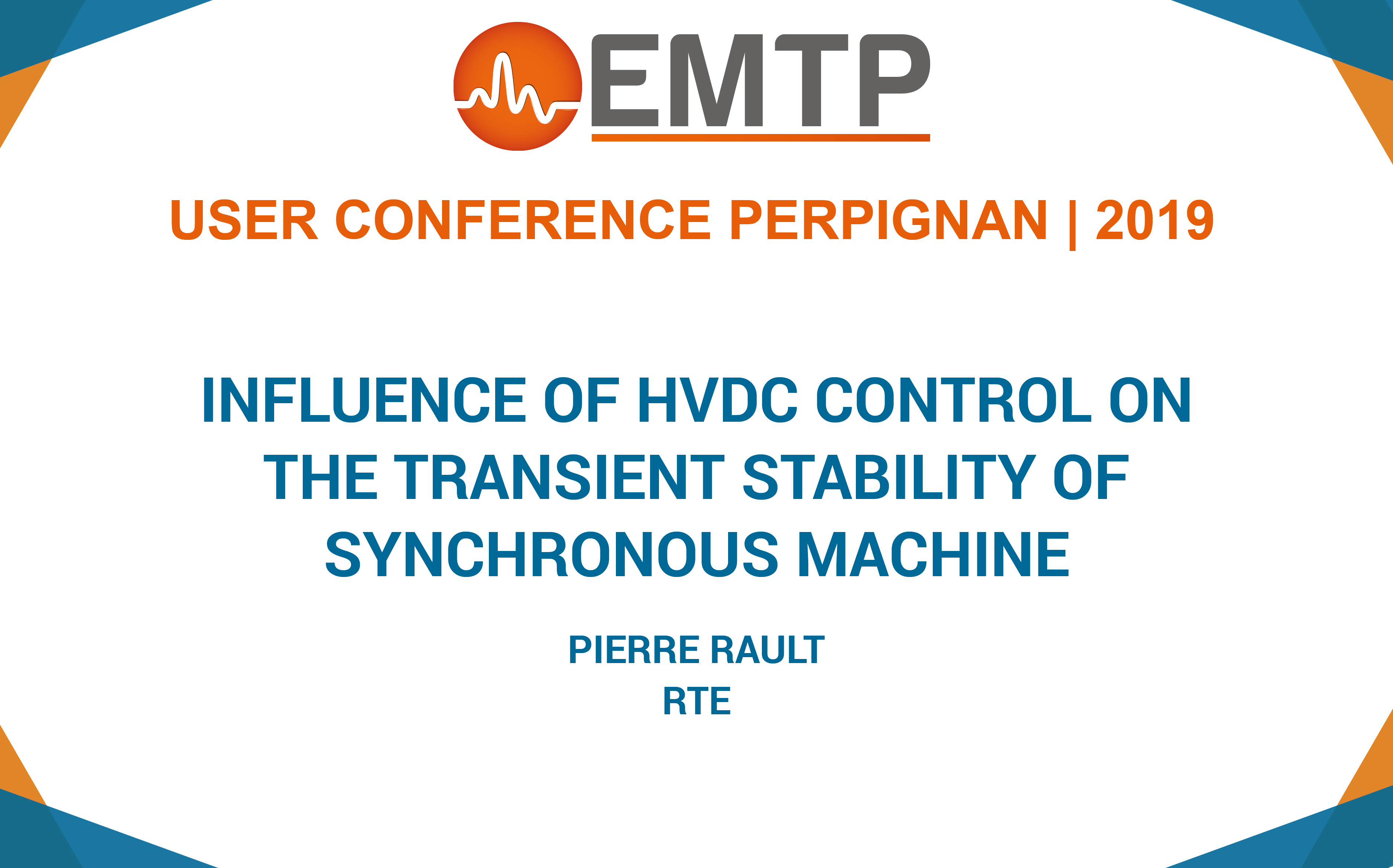
Influence of HVDC Controls on Transient Stability of Synchronous Machines747
Abstract
<h2 class="title">EMTP Europe User Conference 2019 </h2> <p class="tagline"><b>The EMTP User Conference pres... see moreentations are now available online!</b></p> <p id="text-intro"><b>Influence of HVDC Controls on Transient Stability of Synchronous Machines</b><br> With the energy transition in France and in Europe, the transmission grid is strongly impacted by the forthcoming connection of power electronics devices, such as offshore wind farms and HVDC interconnections. These new devices use power electronics converters that generate transients which are usually more complex to analyzed than for standard AC devices, in particular during faults. These phenomena can have an impact on the grid stability.<br> The presentation will focus on the transient stability studies of synchronous generator influenced by power electronics devices. The objective is to compare the critical fault clearing time for different fault locations, fault conditions and different HVDC converter fault ride through control strategies. Generic test cases as well as real scenarios are considered. In this study, the critical time is obtained with bisection method thanks to the new parameter sweep toolbox.
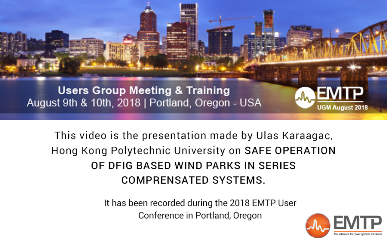
Author(s): Ulas Karaagac, Hong Kong Polytechnic University
Type:Technical Presentation
Date: 2020-11-20
Safe Operation of DFIG based Wind Parks in Series Compensated Systems740
Abstract
<h6 class="text-black" style="padding-bottom: 30px; padding-top: 30px; text-align: justify;">Speaker: <strong>Ulas Karaagac</stro... see moreng>, <em>Hong Kong Polytechnic University</em></h6> <p class="text-black">Subsynchronous control interaction (SSCI) is the interaction between the power electronics control and the series compensated transmission system that occurs at frequencies below the system nominal frequency. SSCI may occur between the doubly-fed induction generator (DFIG) control system and the series compensated transmission line, to which the wind park (WP) is connected. Not only the DFIG control system parameters, but also the WP operating conditions have significant impact on SSCI.<br><br>This presentation will demonstrate the impact of WP operating conditions and DFIG control system parameters on SSCI. Guidelines will be also presented for modifying the DFIG control system parameters to ensure safe operation and acceptable transient responses due to faults. In addition, the accuracies of various analytical tools used for SSCI problem identification will be discussed.</p>
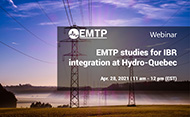
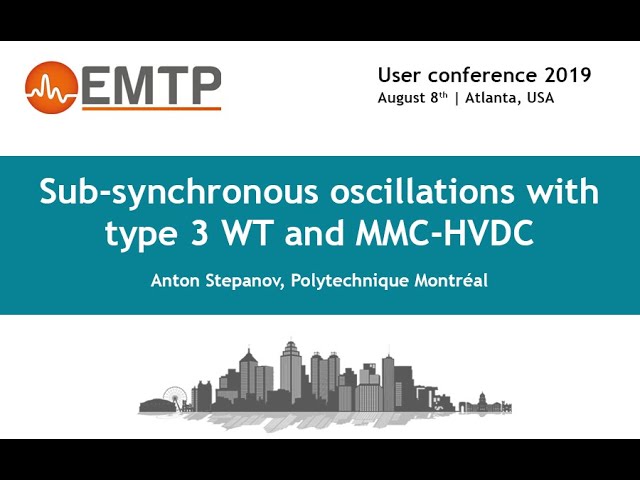
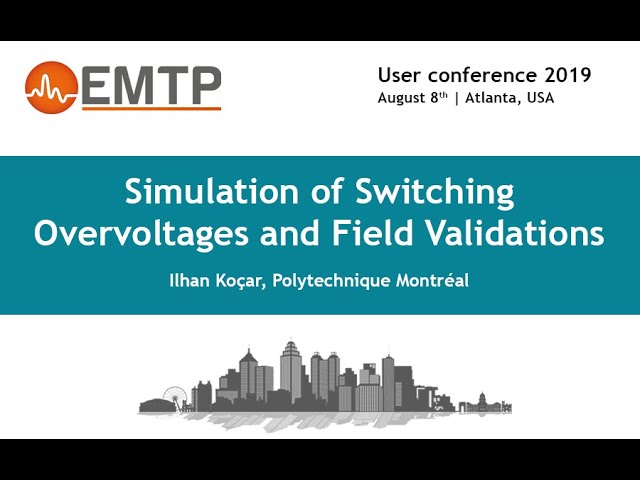
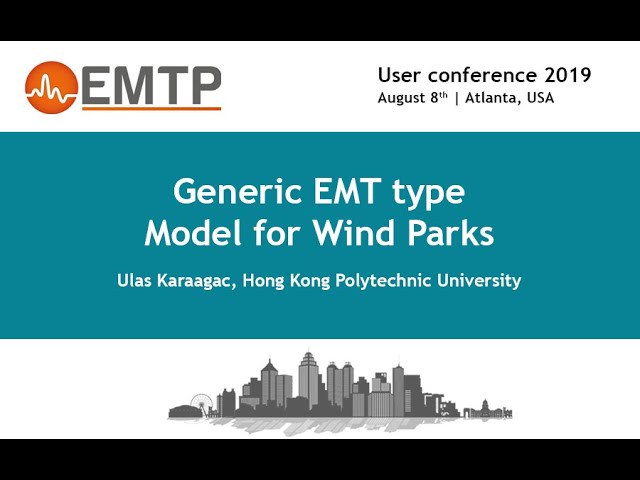
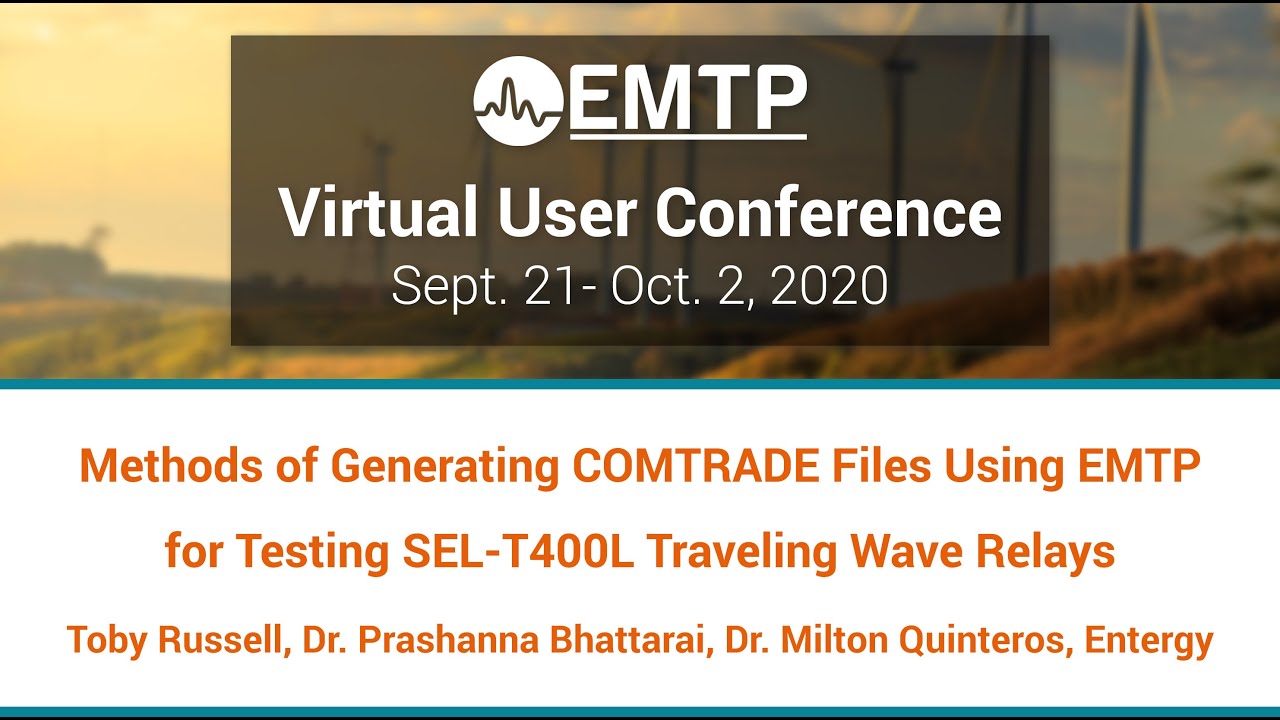
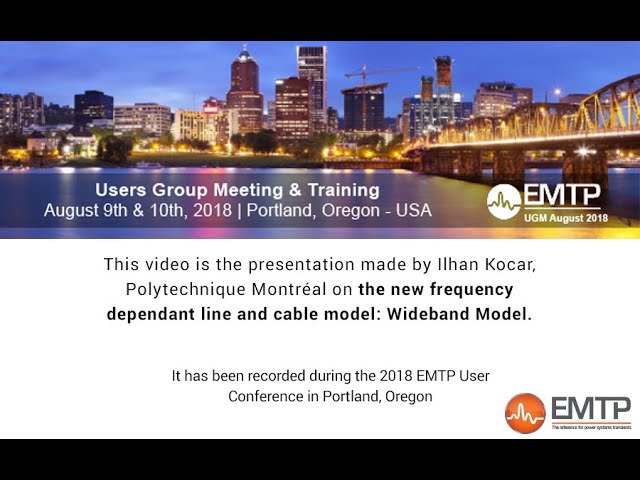
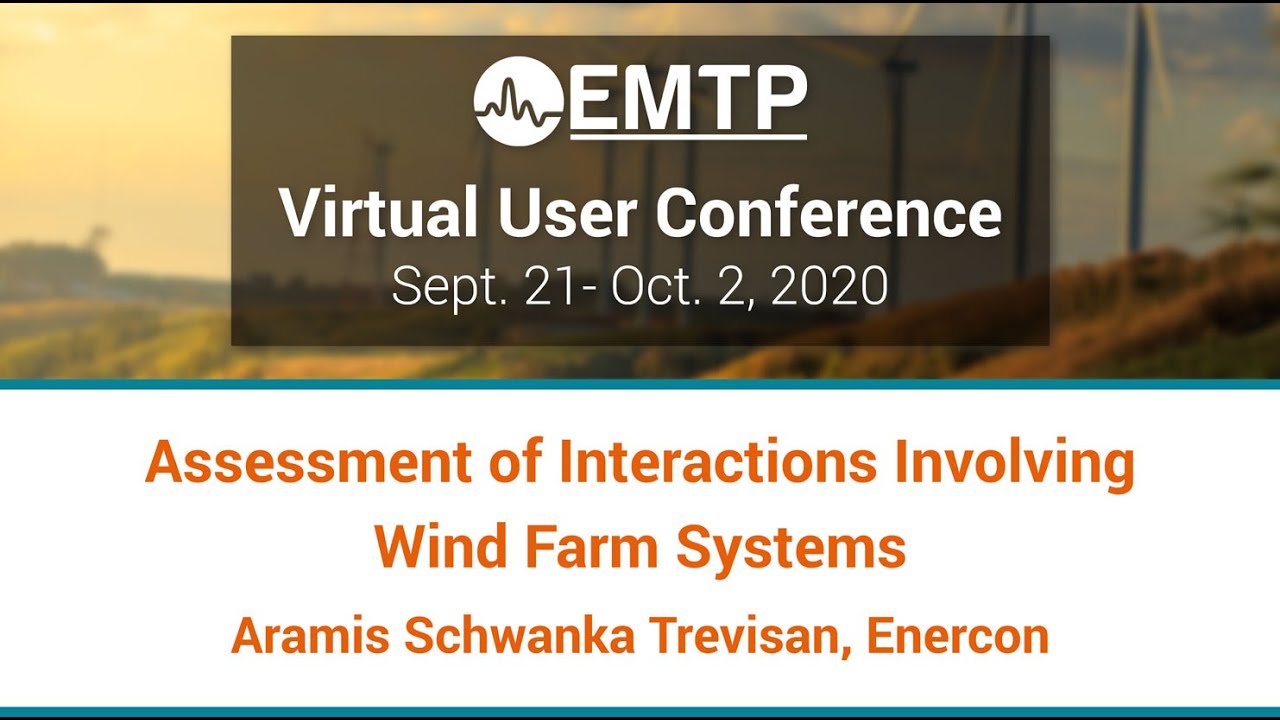
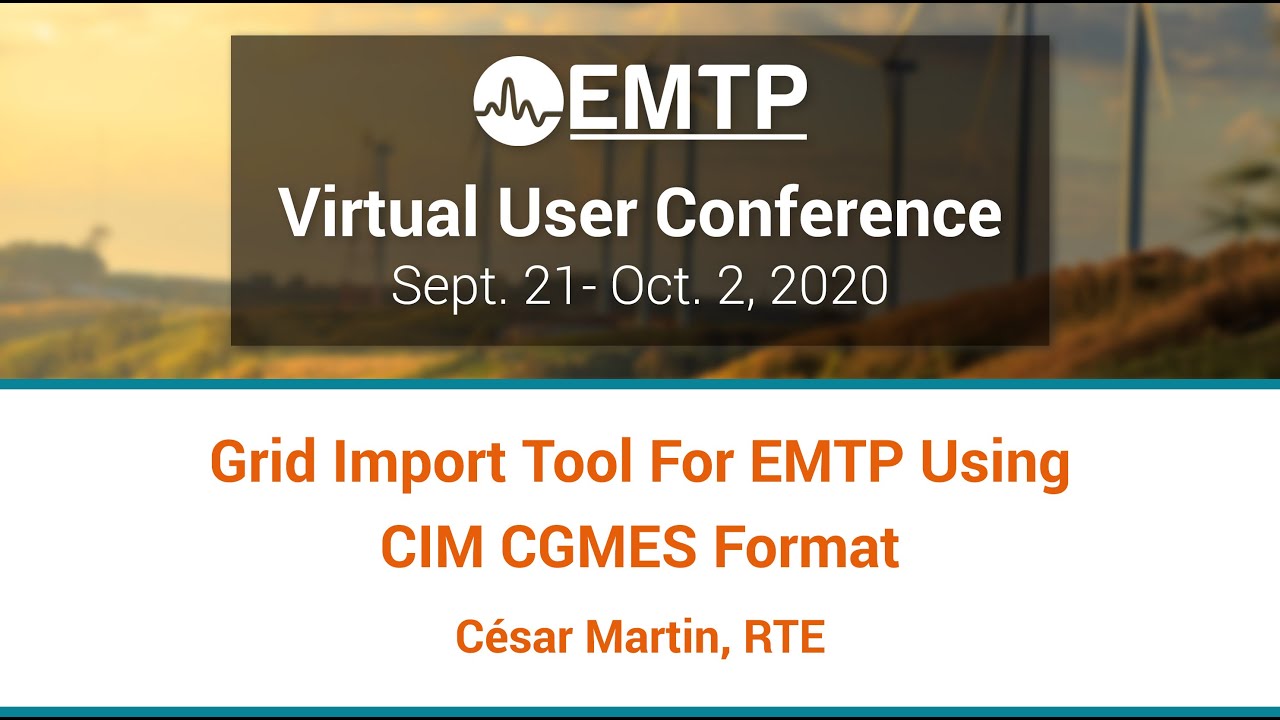
![[R&D]_EMTP : Recherche et développement [R&D]_EMTP : Recherche et développement](https://www.emtp.com/system/files/imagecache/presentation/slide1_1.jpg)
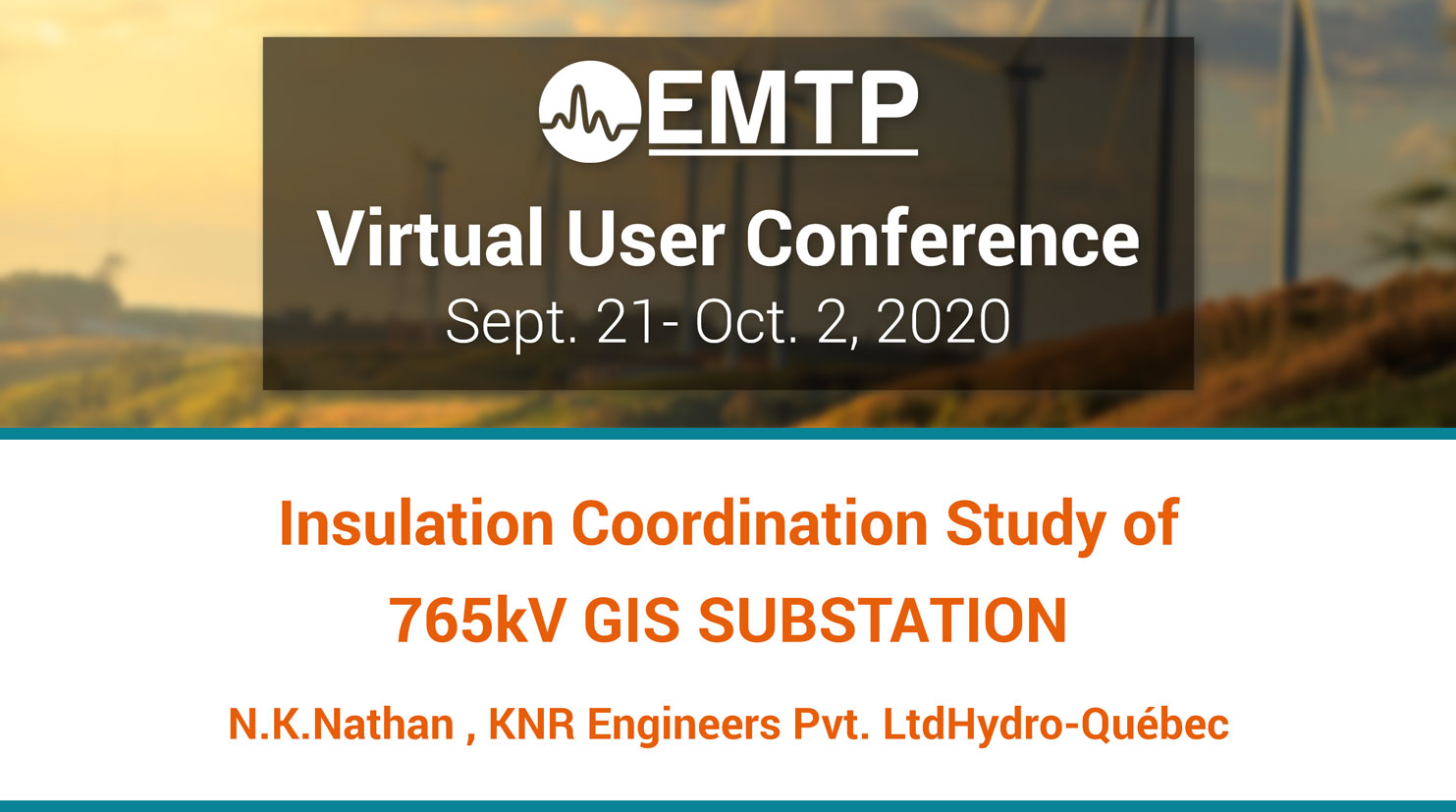
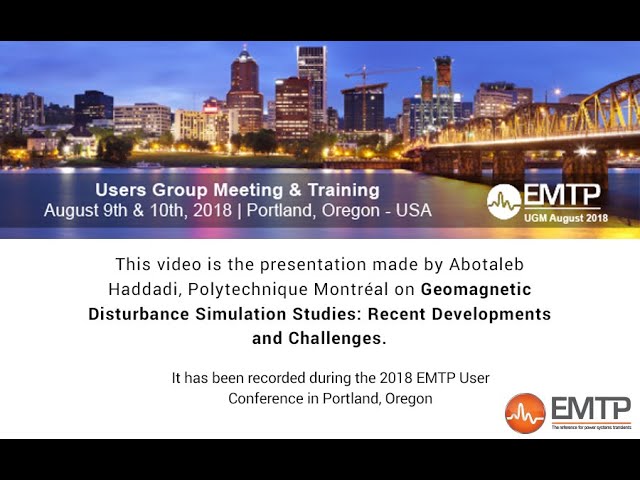
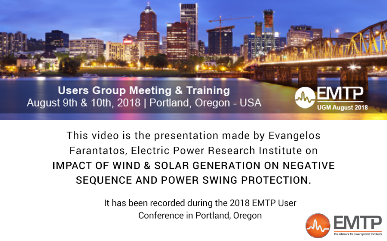
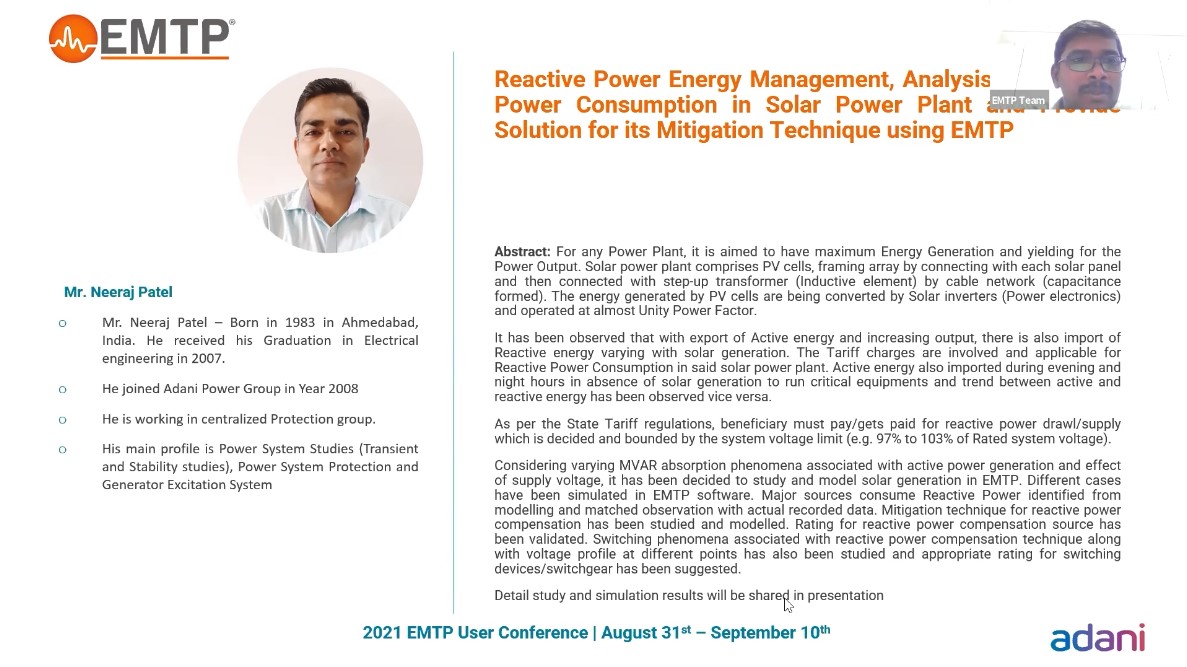
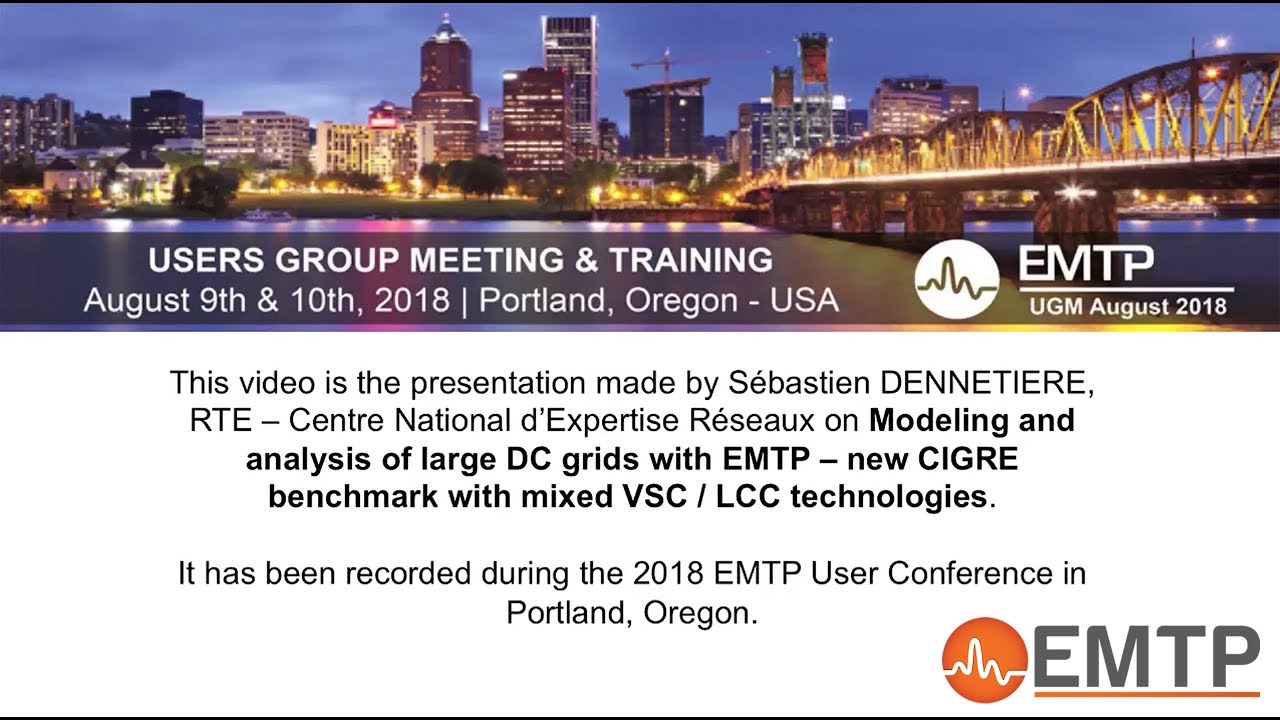
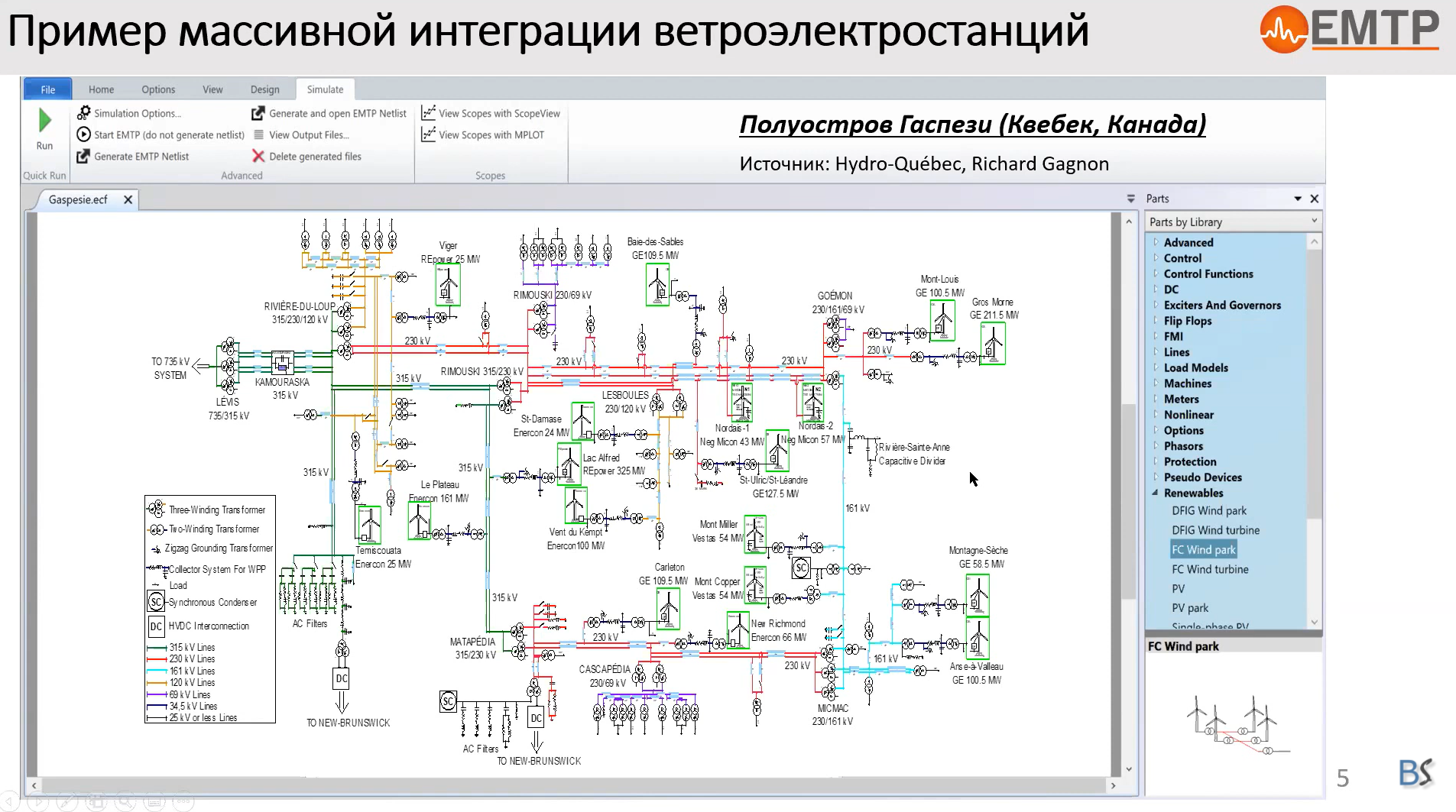
![[Protection_Devices]_Étude des courants coupés par les sectionneurs de changemen [Protection_Devices]_Étude des courants coupés par les sectionneurs de changemen](https://www.emtp.com/system/files/imagecache/presentation/TechnicalPresentation1.jpg)
